|
The month of October can be a scary time for young children, but we can help them handle their fears with four simple strategies. Strategy 1: Recognize and respect children’s emotional limits and their self-advocacy skills.Be aware of what is especially scary to your children. Avoid images and situations that provoke unnecessary or unhealthy fear. If a scary situation is unavoidable, provide emotional support. If you know a child has a specific fear, be especially understanding and respectful of that child’s experience. Some experiences during the Halloween season may invoke more fear than fun for young children. Most “haunted houses” would be better saved for older children with a better understanding of their personal safety and what is not real. Older children typically can distinguish that fake blood and zombie costumes are not real and that something reaching out to grab them is not a real physical threat. Even trick-or-treating may become overwhelming to young children. If your children encounter something that scares them, offer physical distancing and words of comfort, “We can go over here.” Reassure using specific language such as, “You are safe with me,” rather than non-specific, “You’re okay!” Dr. Rachel Busman, a clinical psychologist at the Child Mind Institute, notes that, “Fears that don’t interfere with a child’s life don’t always need getting over. For example, if a child doesn’t like scary movies, that’s fine. It may actually be a testament to his self-advocacy skills. Deciding, ‘I don’t like these, I’m not going to watch’ is your child standing up for his needs and saying, ‘This is my limit.’” When your children have had enough trick-or-treating, call it a night. Give them fun and not fear - all treats, no tricks! Strategy 2: Talking can help young children feel safe when their world gets scary!“Let your kids know you take their fears seriously, even if they don’t seem scary to you”, says Rae Jacobson, senior content and marketing writer at the Child Mind Institute. She continues, “For example, instead of, “Oh come on, that wasn’t scary!” try, “Wow, it sounds like you were scared!” Once they feel reassured, you can talk about how you’ll work together to help them be brave.” (2) At Halloween, children may encounter scary images and situations more often than usual. Sometimes older children and adults may unintentionally make this even more difficult for a young child to handle, dismissing a child’s fear or saying they are silly to be scared. Talk with young children about what scares them. Share something that you used to be afraid of, and reassure them that you are there to help them feel safe. Validate all young children’s fears (including the imaginary ones), just as we want validation of our own fears. Strategy 3: Helping children find words to effectively voice their feelings builds vocabulary and confidence!In the children’s book, Go Away, Big Green Monster, author/illustrator Ed Emberley visually takes away a big green monster bit by bit until the narrator declares, “and don’t come back until I say so!” (1) Young children may not have the vocabulary to say what they are afraid of. Emberley’s book gives them words to use to tell that monster to go away! We can help children use language by exposing them to appropriate vocabulary and empowering them to use it. When we say, “Tell that monster ‘Go away!’”, we are giving children words and power. When children can voice their feelings and feel that they are heard, they learn to face their fears with confidence. While some scary situations may call for an adult’s comfort and reassurance that they are safe, others may be opportunities for children to face their fears themselves. Gradually allowing more of these opportunities builds social-emotional skills that are necessary throughout life! Strategy 4: Pretend play provides children the opportunity to process fears and develop important social emotional concepts.Young children are learning to distinguish reality from fantasy. They can accomplish this through pretend play, dress-up, acting out stories with props, etc. To help them work through the scary parts of this month, include Fall and Halloween props in a pretend play area. Here are some ideas:
You can create a Halloween playhouse by decorating a large box (with cut-outs and open top), letting children draw spiders and spider webs on it and pumpkins/jack-o-lanterns at the “doors”. Opportunities will abound for them to process and act out their own scenarios or role play with a teacher or parent. This safe and familiar, kid-friendly environment helps young children enjoy seasonal activities and develop important concepts. Having their own experiences pretending can help them understand that the costumes and masks they may see at Halloween are just people dressing up and pretending. All of us at ECS - and eepworm - are wishing you and your children a safe and happy Halloween! -Diane, Corinne, Marjorie, Ashley & Arlene References & Resources
0 Comments
|
AuthorI'm Diane Goyette, a Child Development Specialist, Trainer, Consultant and Keynote Speaker. I'm excited to share my blog! Archives
August 2023
Categories
All
|
|
Ways to Contact Us:
Schedule an Appointment |
|
Follow earlychildhoodspecialties for encouragement, teaching tips and more!
|
Follow eepworm for child-friendly posts!
|
© 2013-2024 Early Childhood Specialties LLC. All rights reserved.

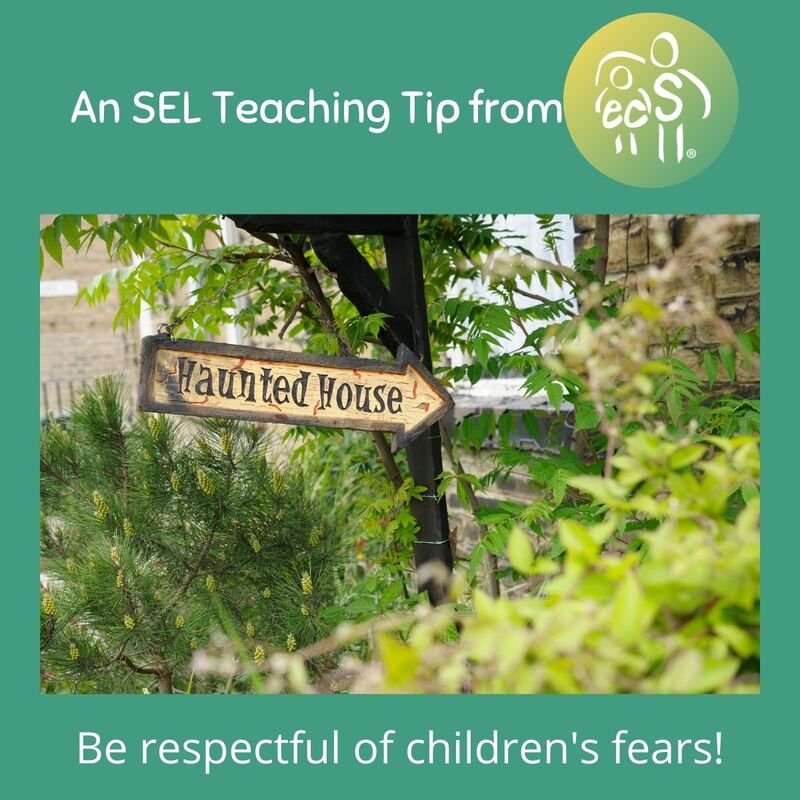
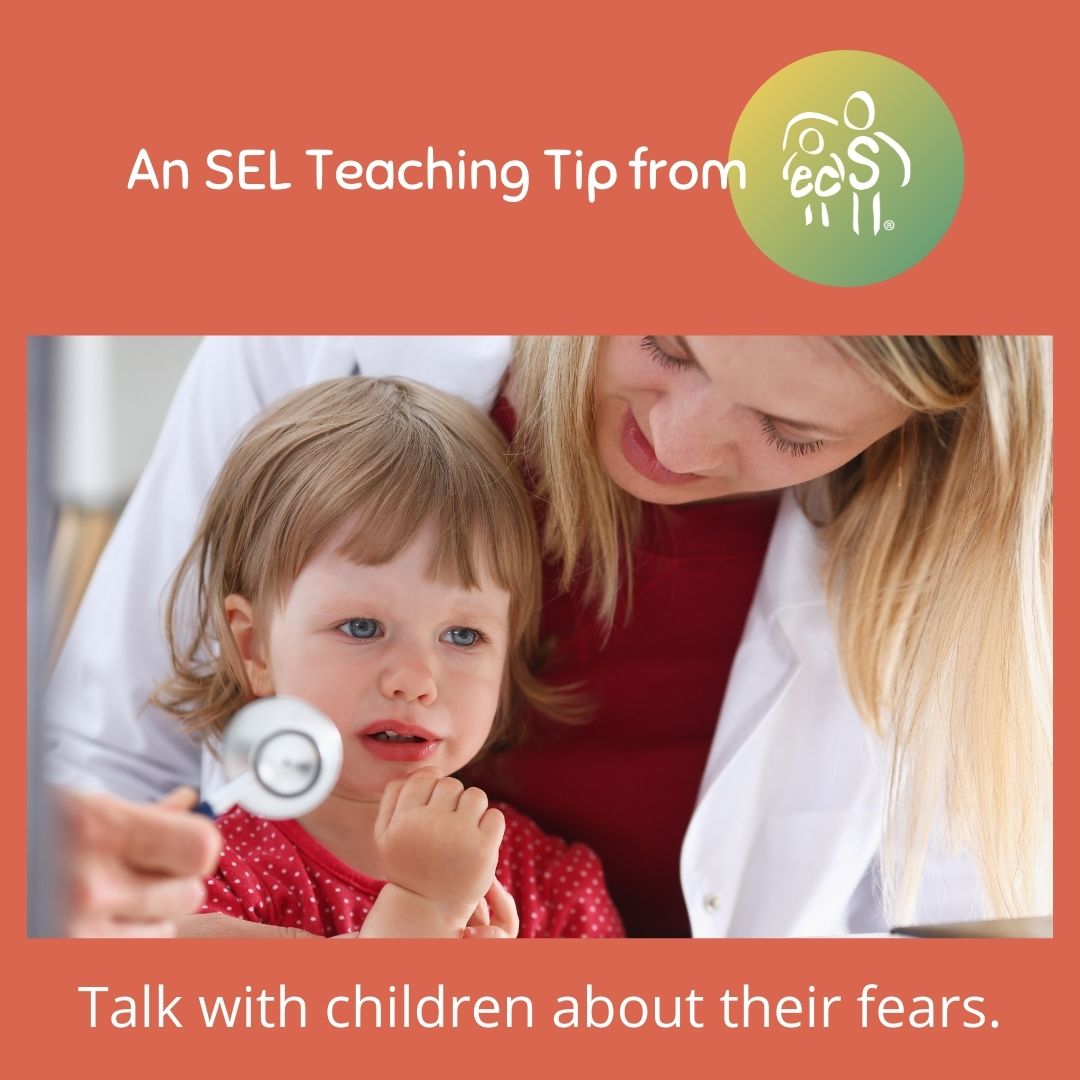
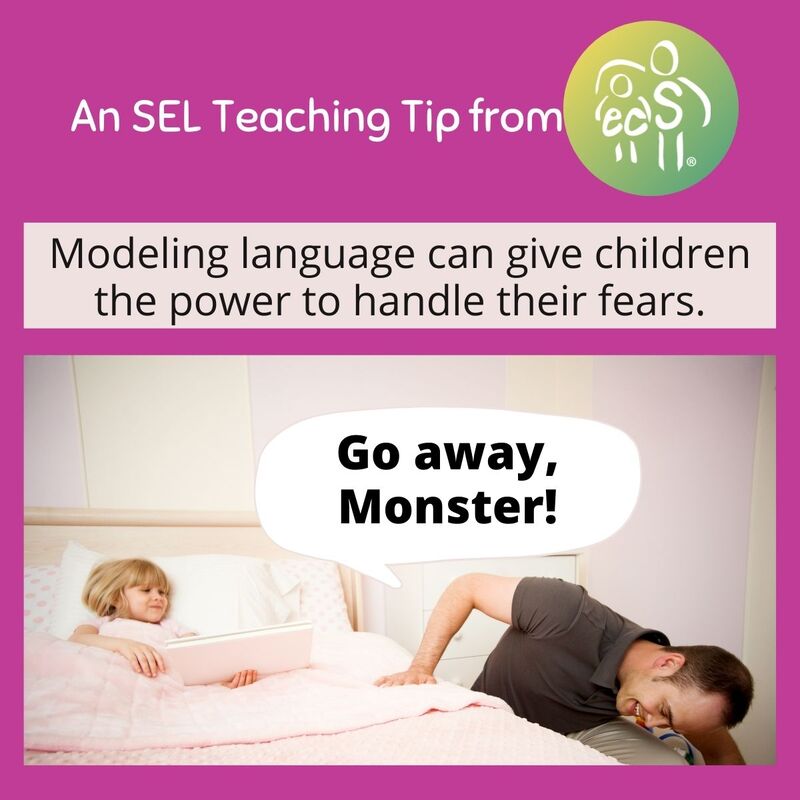
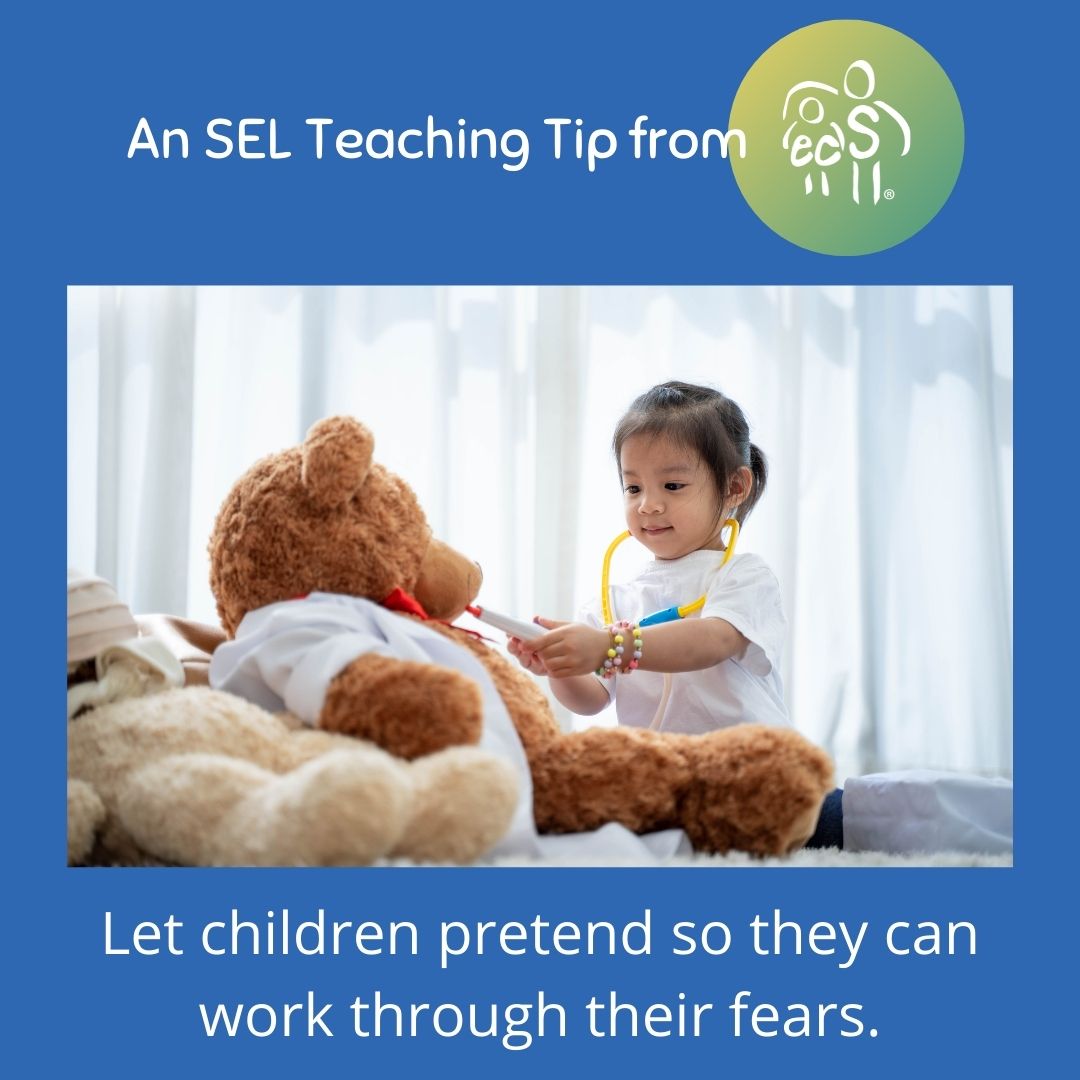
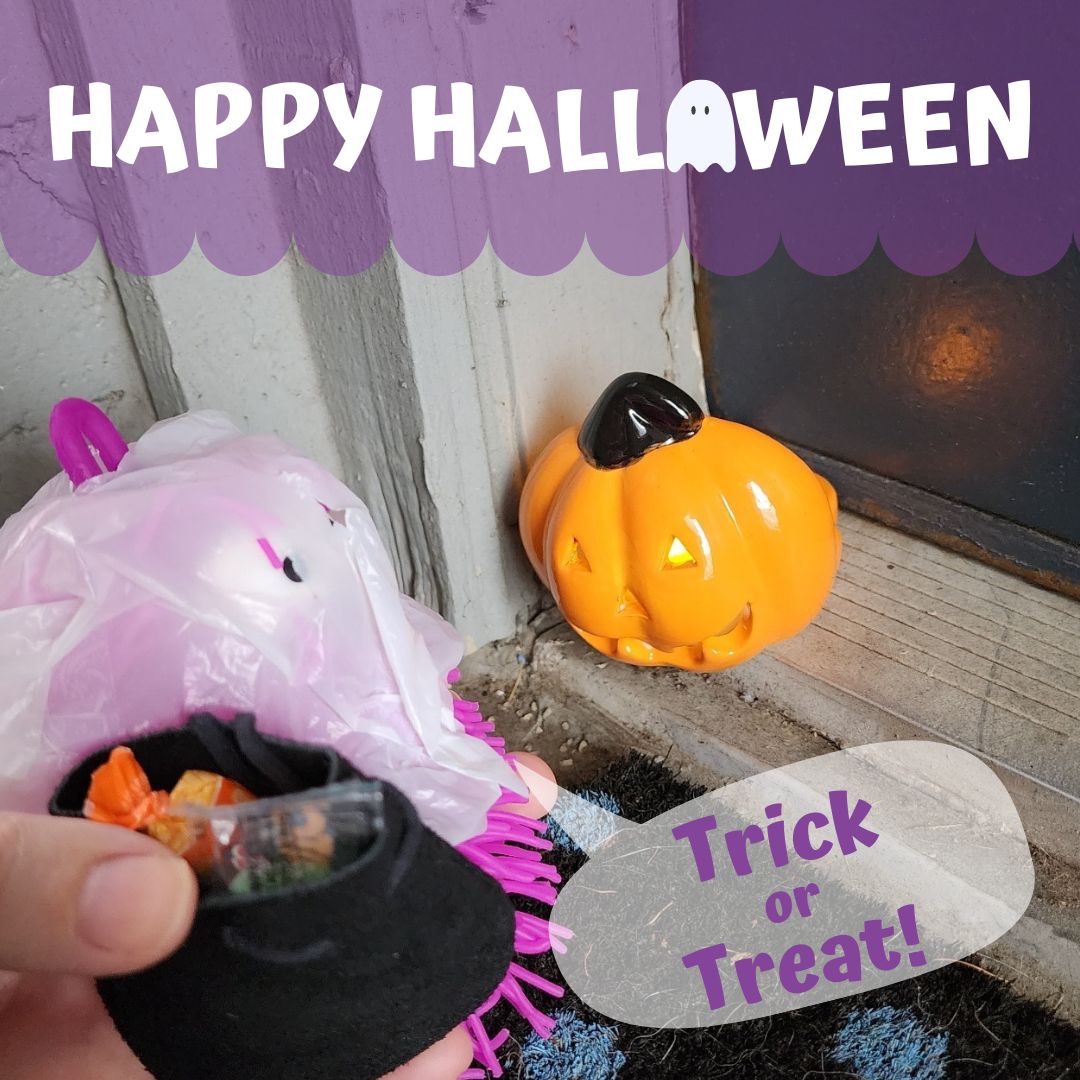
 RSS Feed
RSS Feed